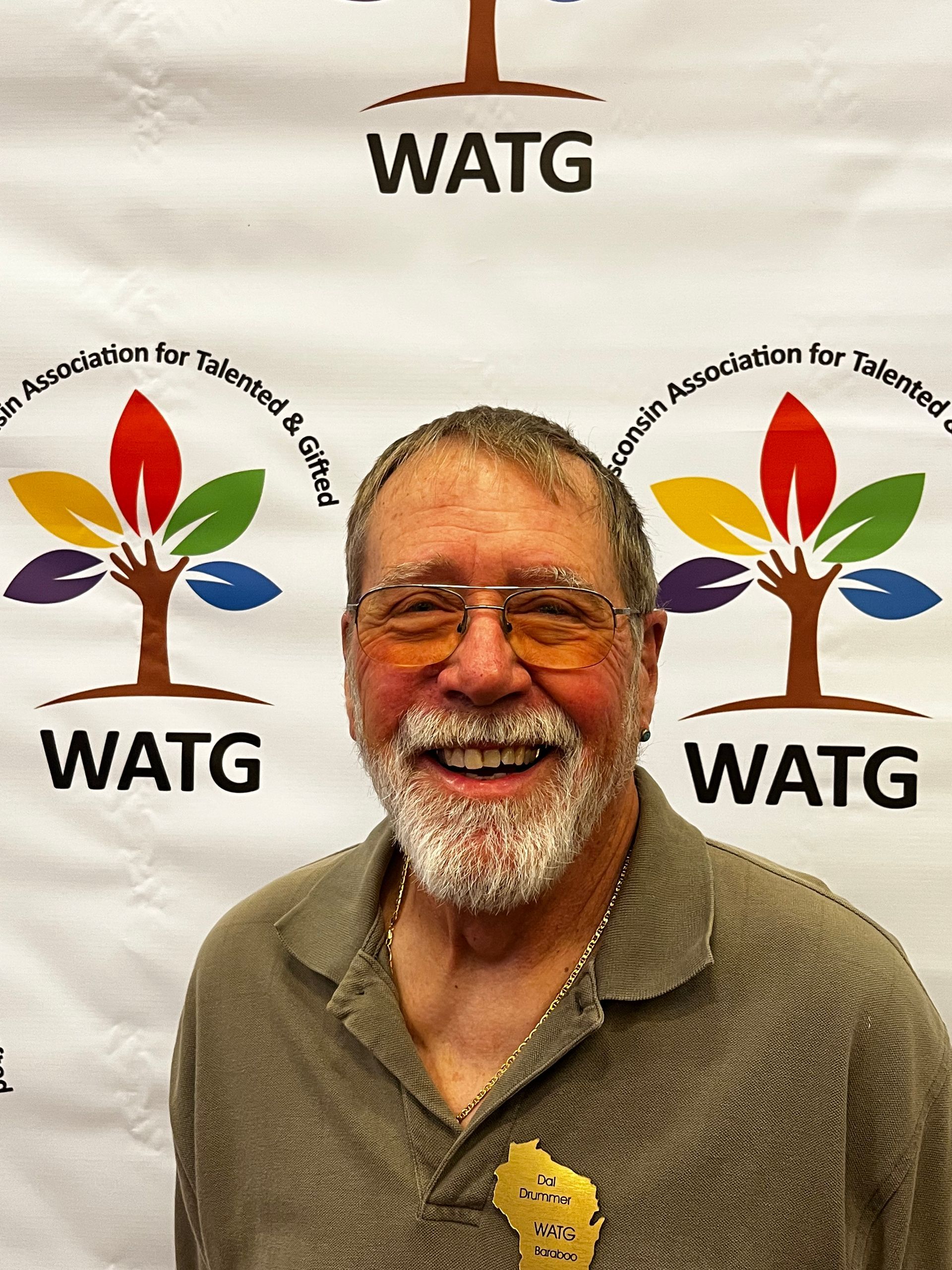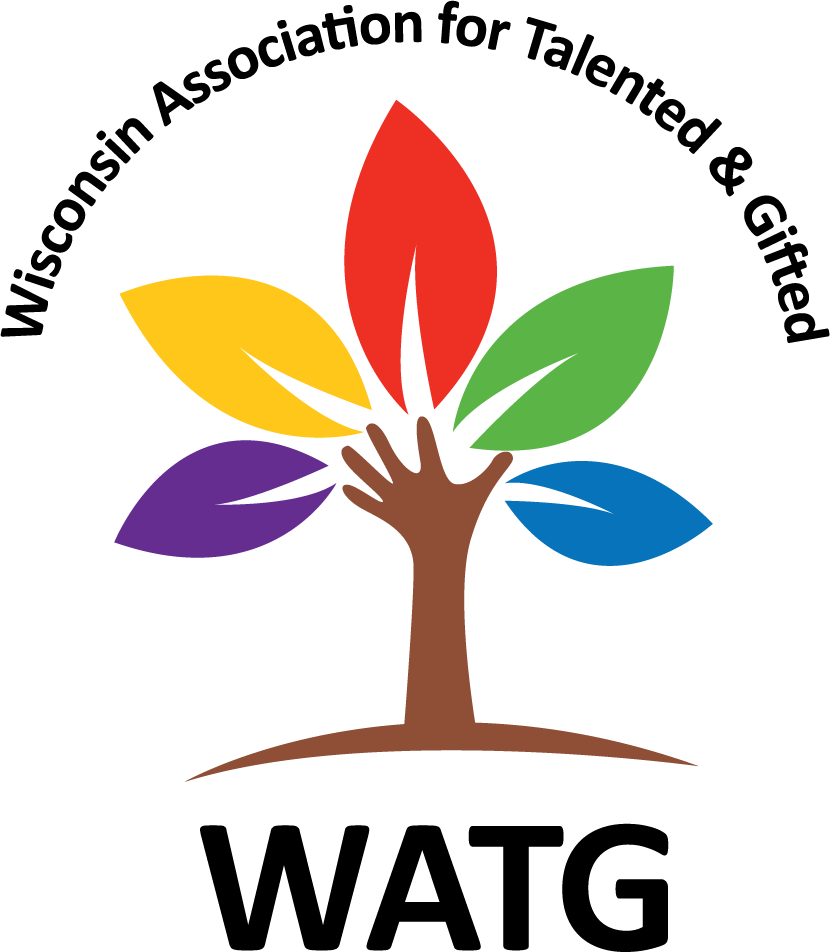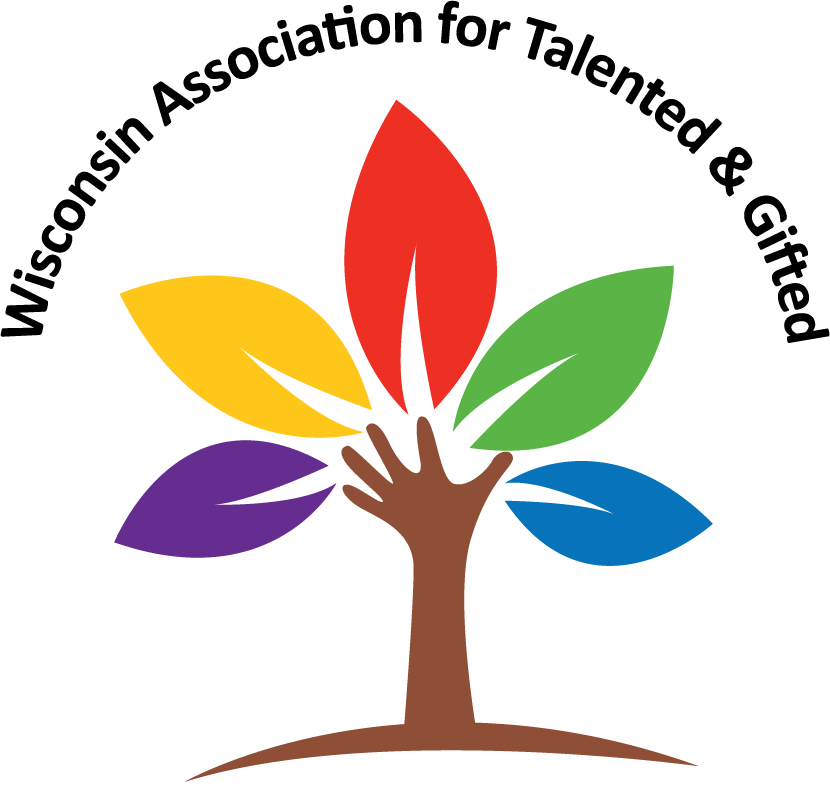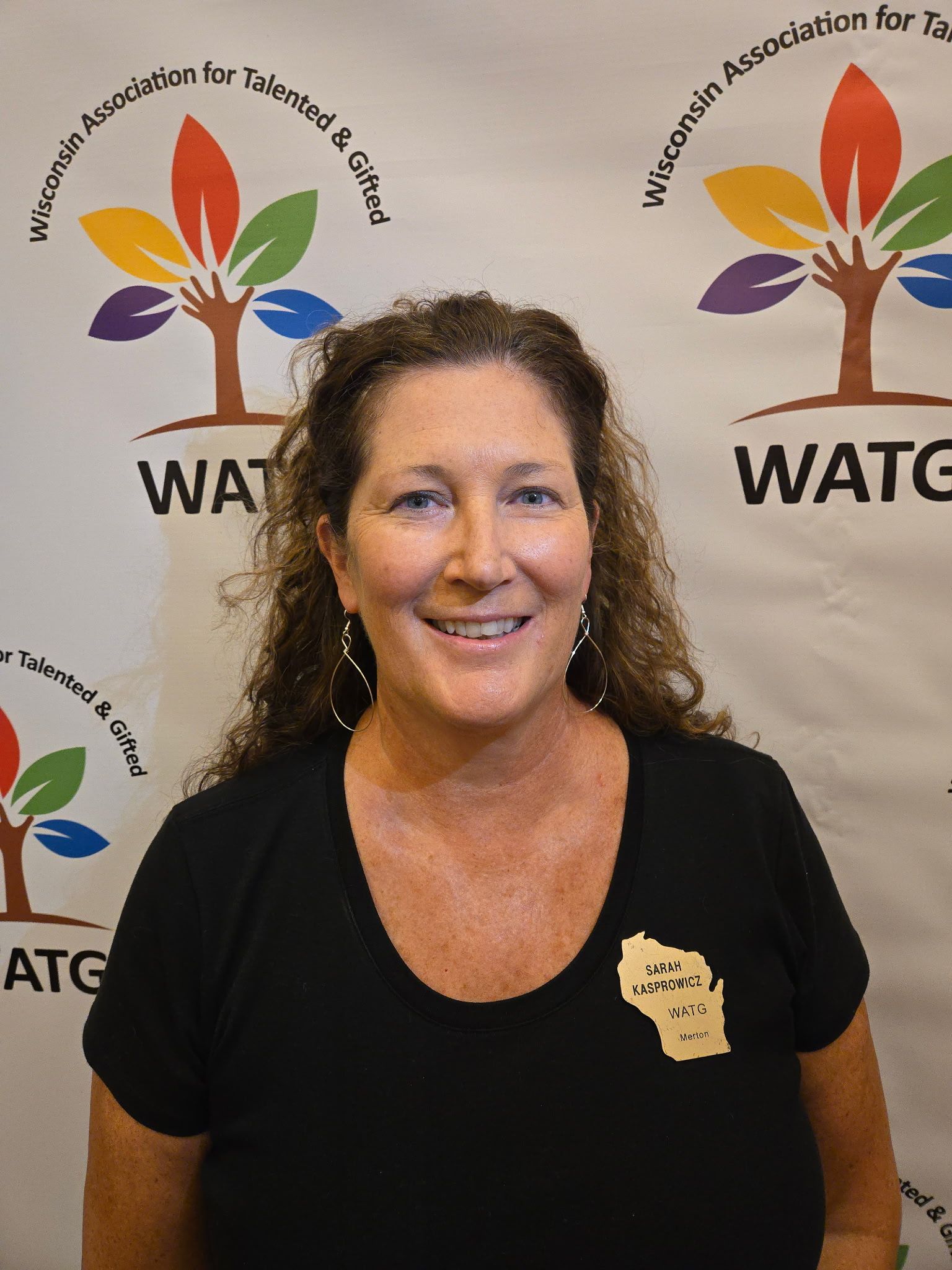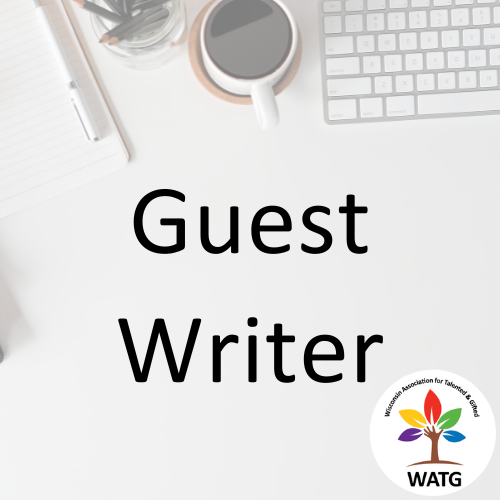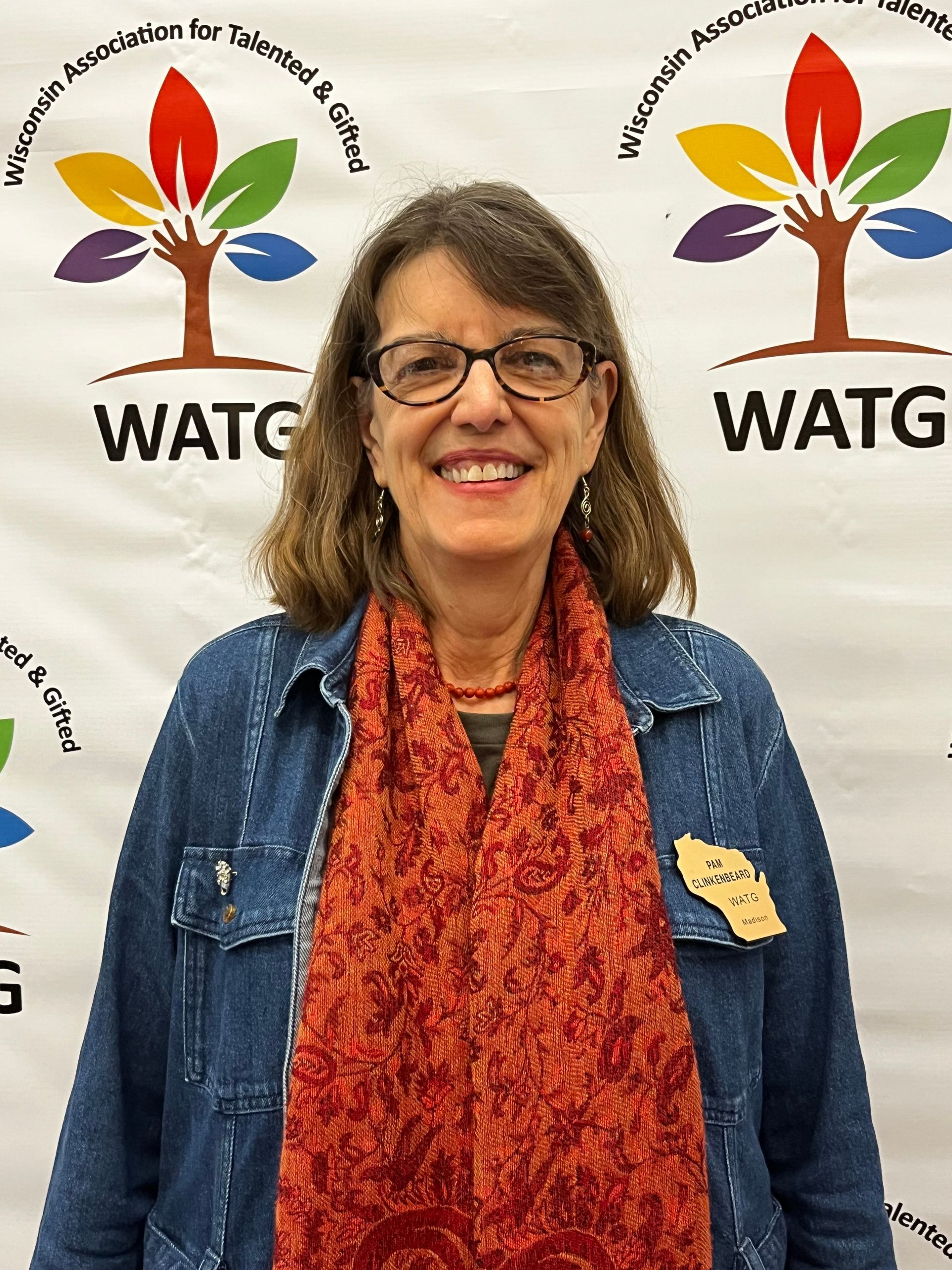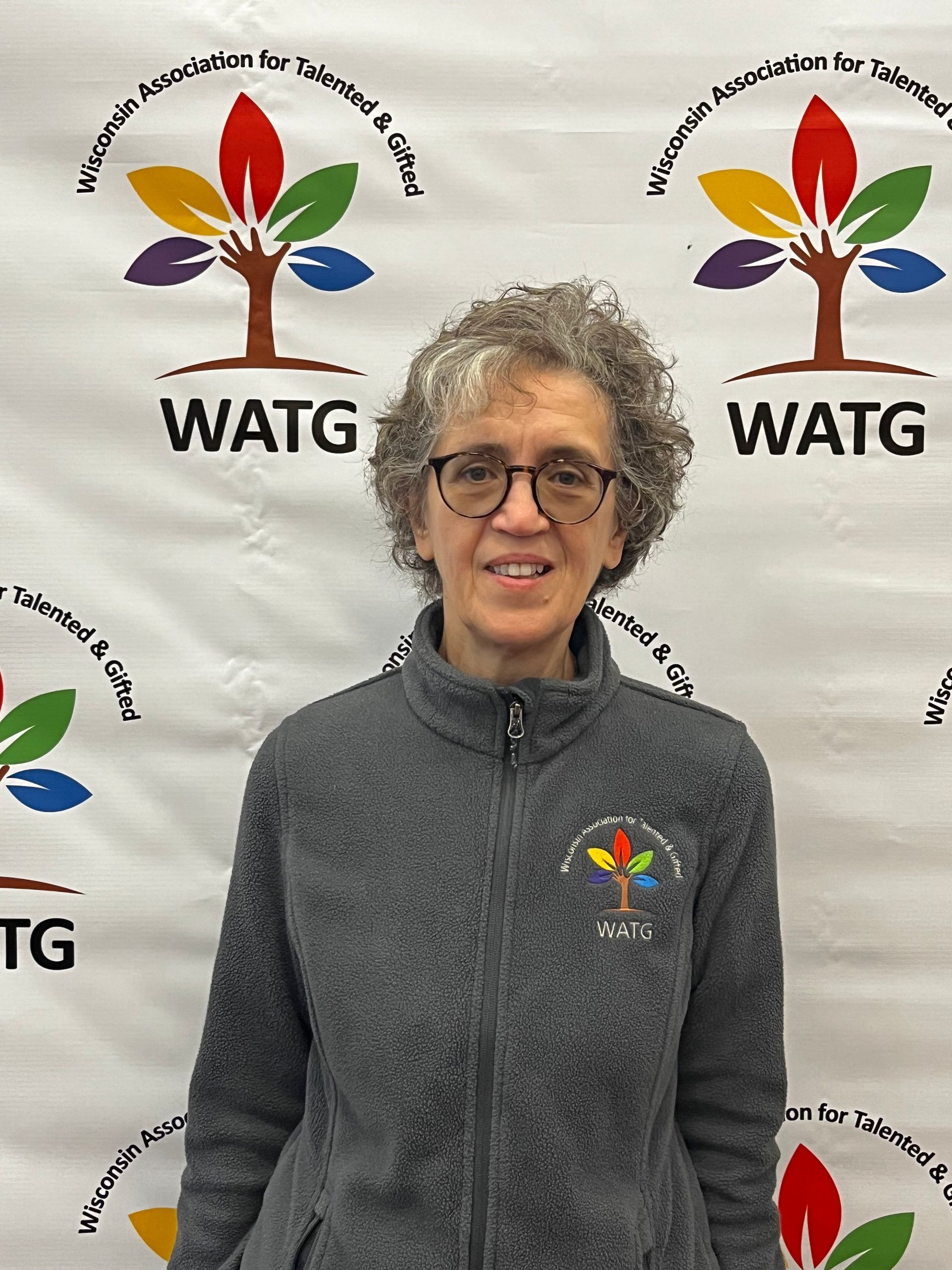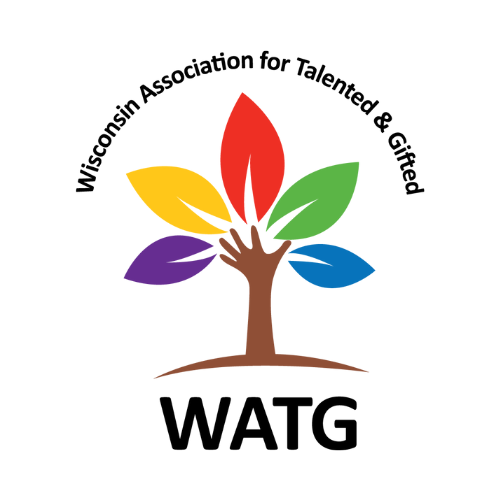Intersection Between Gifted Students and Emotional Intensities: Turning Sensitivities into Strengths
Plane crashes. Deportations. Mass firings. Wildfires. Floodings. Wars. These are all topics students are seeing and hearing on social media, television, and at the dinner table. Whether you agree or disagree with these topics, one thing is undeniable – gifted students are internalizing these conversations at a deep emotional level. Gifted students are often characterized by their heightened emotional sensitivities and intensities. Just as these traits can enrich their learning experiences, they can also make students more vulnerable to externally negative stressors. This is particularly true for students from marginalized communities, who may also be experiencing discrimination and racism firsthand. For example, in my urban district, we have a large immigrant student population; family separation and deportation have become real threats. One can only imagine how these challenges can exacerbate a child’s emotional and psychological well-being, significantly impacting their academic performance.
Gifted students often experience emotions more deeply than their average-ability peers, which can make difficult experiences, such as discrimination and hardships particularly distressing. Their acute sense of justice and heightened empathy may cause them to internalize negative experiences more profoundly, leading to anxiety, depression, and self-doubt. These emotions can create barriers to learning, making it difficult for students to focus, engage, or feel a sense of belonging in academic spaces.
Experiencing racism and discrimination can lead to trauma, which can have both immediate and long-term consequences for gifted students. Because trauma can manifest in various ways, we must be aware of these manifestations, including heightened stress responses, withdrawal from academic challenges, sense of isolation, or perfectionism driven by a need to prove their worth. These responses can affect cognitive functioning, creativity, and overall academic motivation, often leading to underperformance, despite the student’s high achieving capabilities. Gifted students from underrepresented backgrounds may face a sense of isolation in academic settings, particularly if they are one of the few students of color in gifted programs. They may struggle to find peers who are having similar experiences, further intensifying feelings of alienation.
What can educators do to help? Educators play a crucial role in mitigating the negative impacts of trauma on gifted students. Schools must provide culturally responsive education, establish inclusive environments, and implement social-emotional learning strategies tailored to the needs of gifted students. Offering mentorship programs, empathy groups, and mental health support can help students navigate these challenges and feel validated in their experiences. If these strategies are difficult to establish at your school, I encourage YOU to be the support system for the gifted student struggling with their emotional intensities. Simply put, listening and caring can go a long way.
There is hope. Despite these struggles, many gifted students develop remarkable resilience and grit when provided with adequate support. Encouraging self-advocacy, promoting positive racial and cultural identity, and creating safe spaces for expression can empower students to harness their emotional intensities as strengths rather than obstacles. When gifted students feel seen and supported, they are more likely to thrive academically and use their talents to enact meaningful change. By creating inclusive, supportive learning spaces, educators and communities can ensure that emotional intensities serve as a source of strength rather than a barrier to success.
If you have any questions or would like to contact me to discuss this further, please do not hesitate to email me at
mlopez@watg.org.
